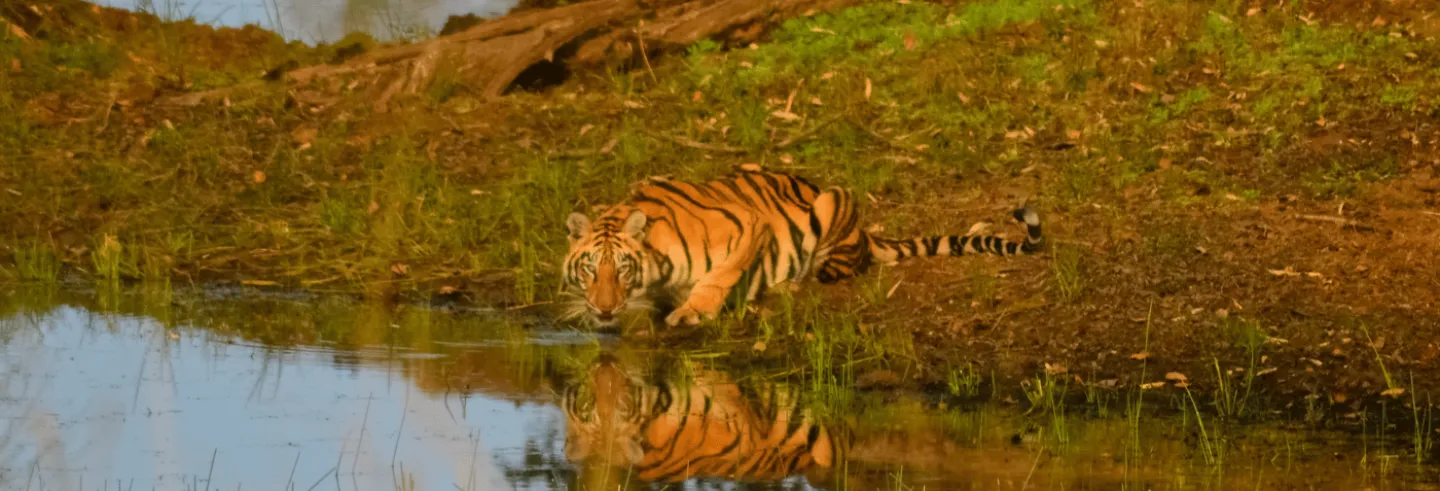It was around 9:30 p.m. on a November night when our car approached Mudholi, a village in Maharashtra’s Chandrapur district, less than 10 kilometres from the homestay that we rented in Moharli. A large adult tiger casually crossed the road in front of us. “This is chamatkar—nothing short of a miracle,” said the driver. “You’re so lucky to see one up close outside the forest”. However, we would soon learn that such sightings are an everyday reality for the residents of the district, and that a tiger sighting for them is more a cause for fear than for joy.
The next morning, we spotted Bijaram Bhao Chaiwala, a tea shop opposite the Moharli gate — one of the 22 entry points (six to the core area) to the famous Tadoba-Andhari Tiger Reserve in Chandrapur district — doing brisk business. Plates of Bijaram’s poha, a popular breakfast dish in Maharashtra, fly off the counter as tourists stop by for a quick bite before heading into the national park. Tadoba-Andhari Tiger Reserve or TATR, located in Maharashtra, is one of the many wildlife sanctuaries included in Project Tiger—a highly successful government initiative launched in 1973, to revive the dwindling tiger population. It has since become a favoured destination for wildlife enthusiasts and tourists seeking out tiger sightings.
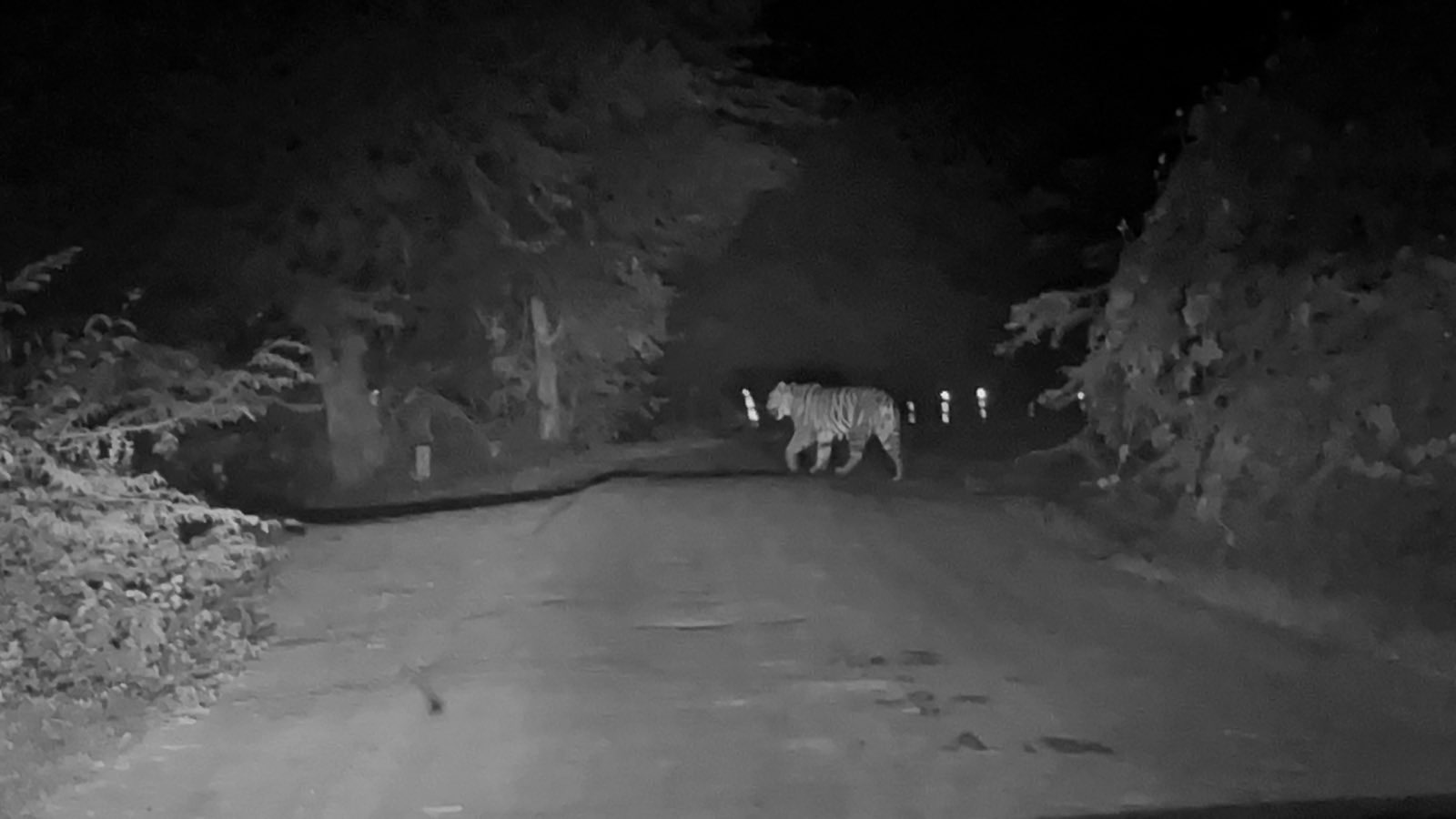
According to a nationwide tiger estimation released in April 2022, Maharashtra is home to 444 tigers, out of a national average population of 3682. TATR is estimated to have around 97 tigers, though unofficial estimates suggest the number may be closer to 150, with approximately 100 tigers accounting for the source population (a relatively smaller set of a larger population in a habitat that supports them sufficiently).
People living in the buffer zone of the reserve live in perpetual fear and anxiety. A sense of helplessness is apparent as they share their stories, describing how their daily lives and livelihoods have been reshaped by the increasing presence of tigers in their surroundings. Mongabay India interviewed many village residents in the buffer zones of TATR and near the reserve forest areas of the Brahmapuri forest division.
Tigers come into hamlets
Since the fatal attacks on two local residents, brothers Gujabrao and Namujirao Dhande, in 2017 and 2022 respectively, the people of Sitaram Peth, a village near TATR, have lived in fear of another tragedy. Tigers frequently appear near the village, crossing roads, chasing motorbikes, emerging from crops in the fields, and even strolling through the village itself. “There were four tigers once near our hamlet,” said Rambhao Sambhaji Dhande, a resident of Sitaram Peth and the brother of the two victims, speaking to Mongabay India. One of the largest and oldest national parks in India, Tadoba-Andhari Tiger Reserve, spans 1,727 square kilometres (sq. km.), with the core area covering about 625 sq.km. and an additional 79 sq.km. recently declared as protected.
To truly understand the grief and trauma of these vulnerable communities, it’s important to set aside urban biases. Rural communities tend to approach negative emotions differently, sometimes even collectively.
An adult Bengal tiger typically has a home range of 40–150 sq.km., depending on factors such as sex and location. The increasing tiger density, combined with various push and pull factors including climate change impacts such as erratic rainfall, has led to tigers moving closer to human settlements, resulting in more frequent interactions with people.
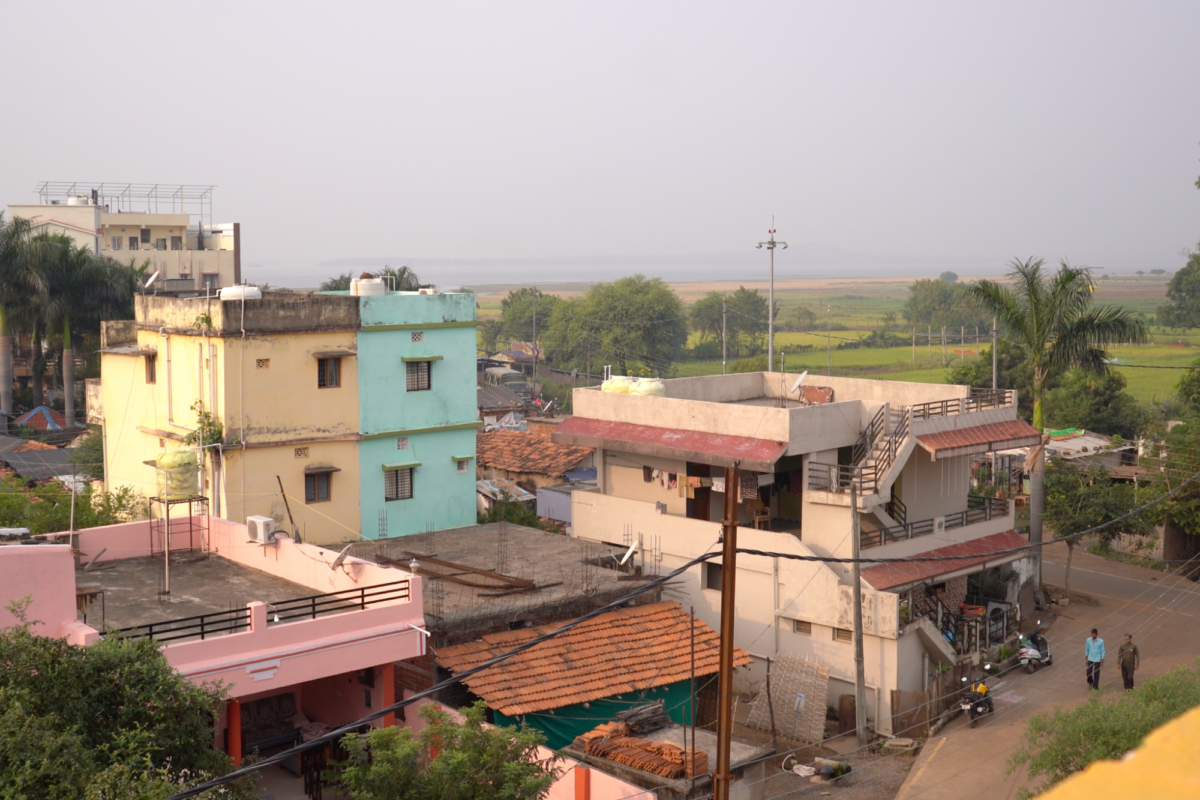
While not all human-tiger interactions qualify as conflicts, statistics show that those resulting in fatalities are on the rise in Chandrapur district. A staggering 111 human deaths from tiger attacks were reported in 2022-2023, and 59 deaths have already been recorded in 2023-2024. In comparison, there were 36 deaths in 2018-2019 and 47 deaths in 2019-2020, according to the forest department data, shared by a source from a non-profit that works to protect the landscape, on condition of anonymity.
Conflict compromises livelihoods
Many residents from villages such as Sitaram Peth are employed at resorts near the tiger reserve; their working hours adjusted to avoid tiger encounters. For those working on daily wages however, time is money. The presence of tigers at certain times of the day severely limits their working hours, leading to economic hardship.
Mandar Pingle, assistant director of Satpuda Foundation, a non-governmental organisation (NGO) focused on wildlife and landscape conservation in central India, explained that the presence of tigers has disrupted the social fabric of communities near the reserve. “In Sitaram Peth, for instance, two hamlets are located just half a kilometre apart, but children must walk between them to attend the government school. Given the high wildlife movement in the area, village elders used to accompany the children for safety,” he said. “Eventually, this precaution proved insufficient since the number of tigers seen near the village increased, leading to the forest department deploying an electric vehicle and a driver to transport the children.”
Pingle also pointed out a more subtle impact of the tiger presence: young men in the village are struggling to find brides. Families from other villages don’t want their daughters to move to villages where tiger activity is frequent and unpredictable.
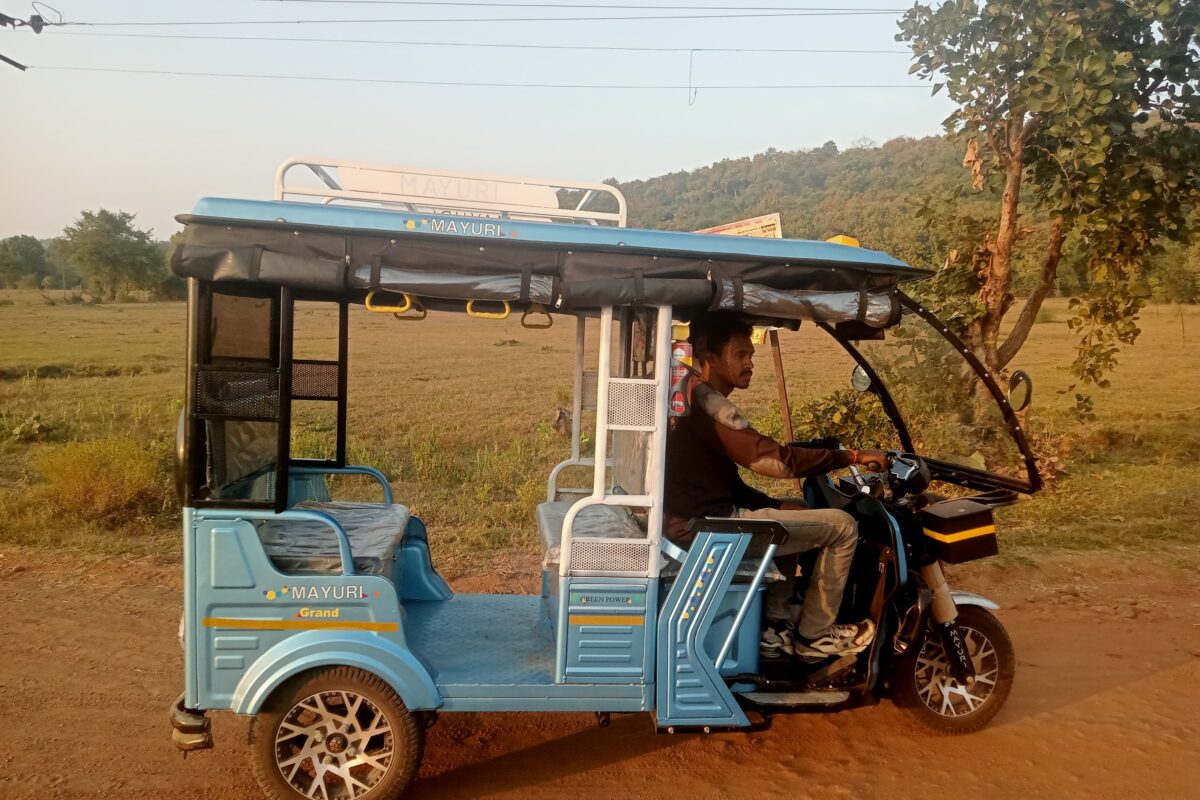
In villages such as Moharli, Sitaram Peth, and Kondegaon, located in the buffer area of the tiger reserve, tigers often stray into the settlements and roam the streets in the late evenings, making it unsafe for residents to venture out. Madhukar Pandurang Kove, president of the Sitaram Peth village eco-development committee, jovially remarked that tigers now wander around like domestic animals. Shankar Dhande, another resident of the village, raised a more serious concern: the difficulty in accessing timely medical care, as the nearest public health centre is about 10 kilometres away. “If we don’t get a four-wheeler on time, it is impossible to get immediate medical attention,” he said.
Only four days before Mongabay India visited, a 75-year-old resident of Kondegaon was attacked by a tigress and her two cubs. The man was on his routine trip to his farm, located next to the forest. On his way back in the evening, he ventured into the forest to gather grass for livestock, when the attack occurred. Ravindra Ghodmare, the sarpanch of Kondegaon, believes that the forest department should consider fencing the core area of the forest. “At least some tigers would stay inside,” he suggested. Kove, however, sees no solution other than relocating the entire village (Sitaram Peth) to a safer area. “We’ll be safe, and the tigers will have all the space they need to roam,” he proposed.
Assistant conservation officer at Satpuda Foundation, Vishank Bhoskar, pointed out that mitigation measures such as tracking the animals are not taken unless a “problem animal” is identified due to repeated attacks. “There have been cases where such animals are caught and moved into a zoo.”
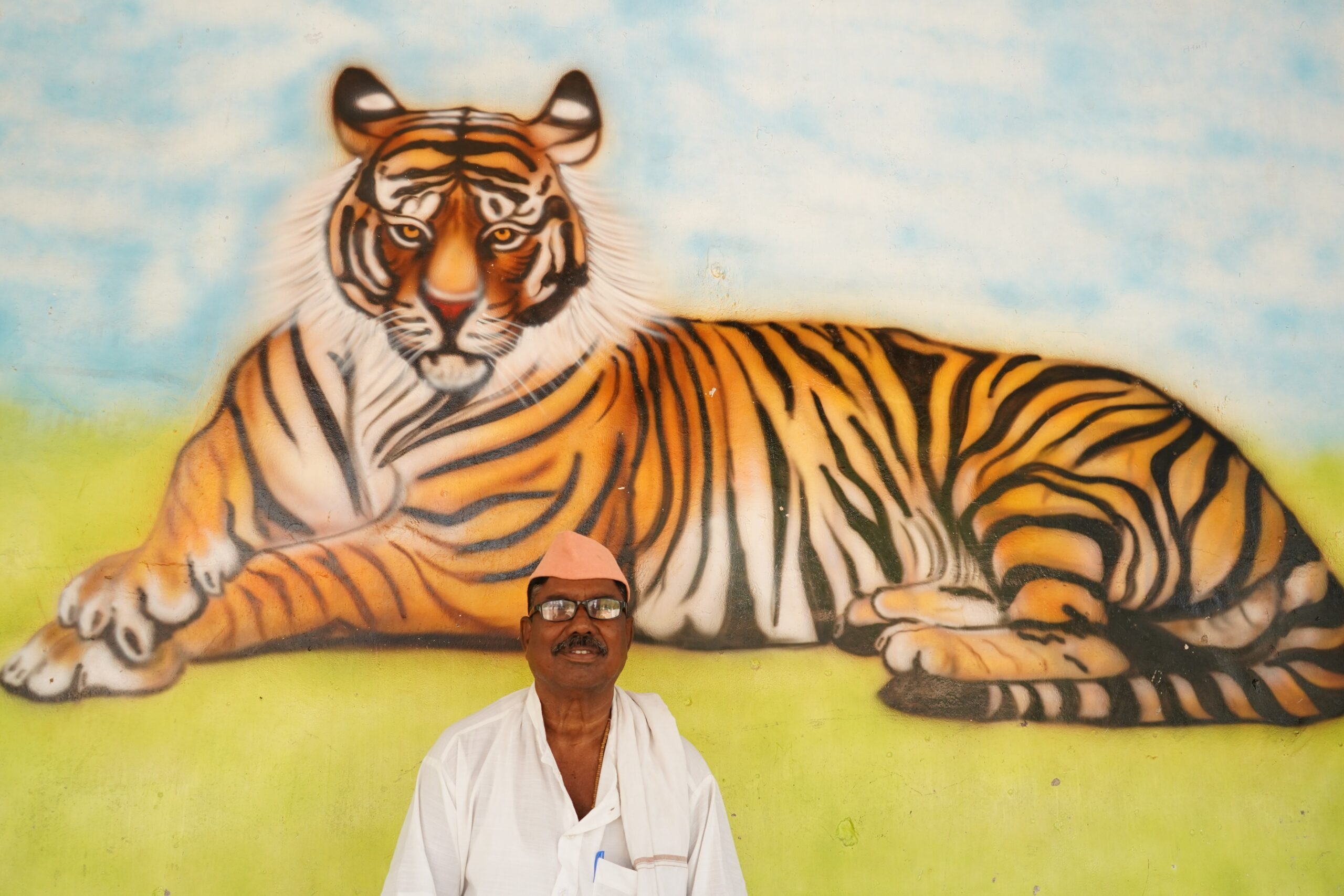
What causes conflicts?
Climate change is globally recognised as a key driver of human-wildlife conflicts. It creates resource stress in protected areas, forcing wildlife to move closer to human settlements. Anish Andheria, wildlife researcher and president of the NGO Wildlife Conservation Trust (WCT), explained that erratic rainfall leads to crop failure, water stress in forests and forest degradation. “These factors, combined with the spread of invasive species and parasites reducing prey population, significantly contribute to the pressures, driving tigers towards human areas,” he said. He also pointed to a shift in habitats where the quality of protected areas reduces and certain regions outside the protected areas, often human habitations, become better habitats for wild animals. Farmlands and livestock, which many forest-dependent communities rely on, therefore serve as a pull factor for predators seeking easy prey on the edges of resource-stressed forests.
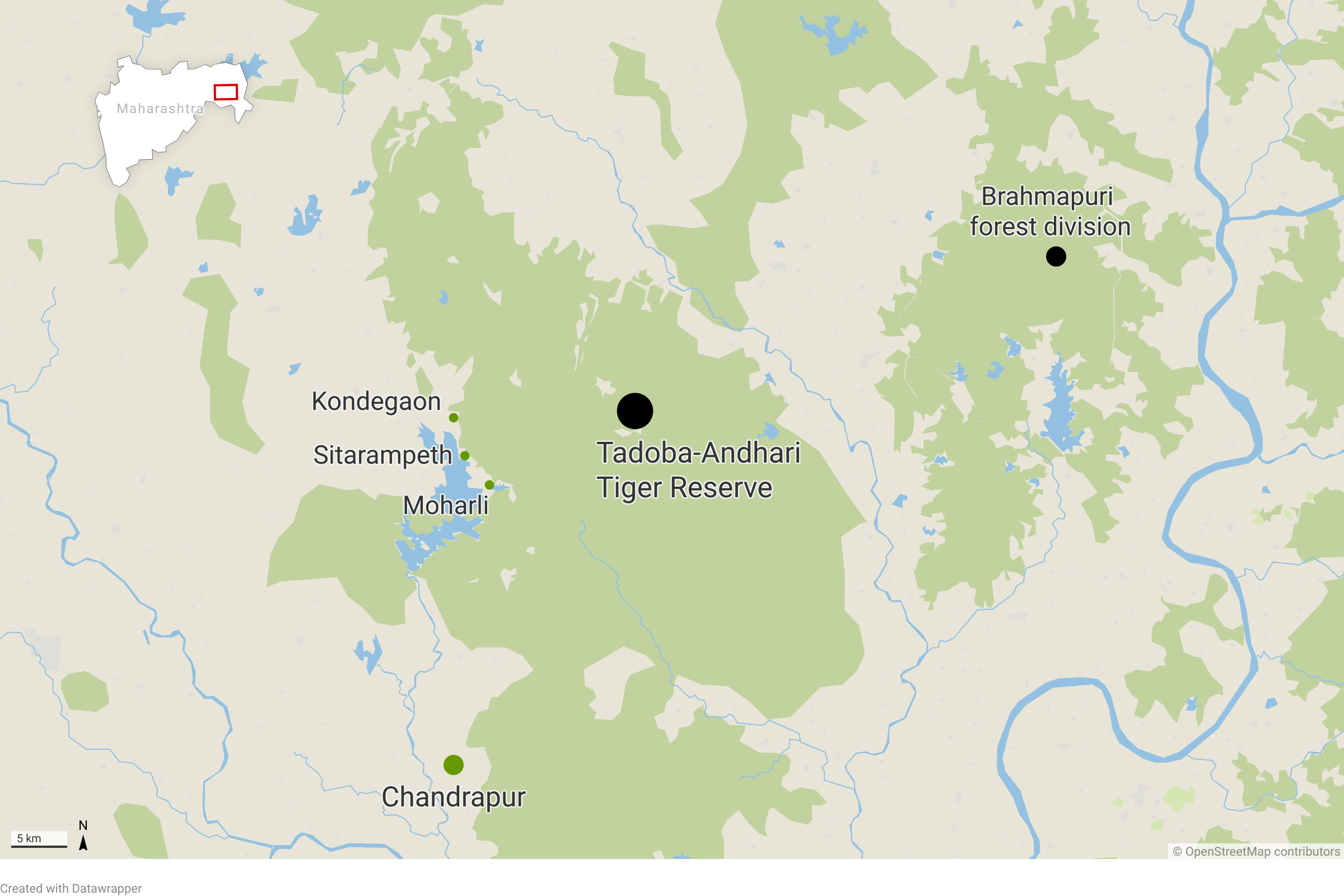
The rise in collection of minor forest produce also adds pressure on the forest ecosystem, leading to greater human activity in these areas. Kishor Bansode, WCT’s implementation lead for Chandrapur, highlighted the deep dependence of local communities on the forests. “Most of the activities in these villages are directly tied to the forest,” he said. From collecting firewood and minor forest products like mahua, tendu leaves, and amla, to farm work often located near the forest, and even for open defecation, villagers rely heavily on the forest for their daily needs. This dependence makes them highly vulnerable to wildlife attacks. Bhoskar noted that residents have stopped accompanying grazing livestock into the forest. “In the evenings, when one or two cattle don’t return, everyone knows they’ve likely been taken by a tiger.”
Choukhe lost an eye, while Petkule’s arms have been rendered almost immobile, remaining in a perpetual state of stiffness. Petkule still suffers from recurring nightmares, and his shoulders freeze during sleep.
Pingle also highlighted that the collection of mahua flowers (Madhuca longifolia) from the forest holds cultural significance in central India. Mahua products, including the country liquor brewed from the flowers, are unavoidable in community events and festivals. Similarly, the leaves of the tendu tree (Diospyros melanoxylon), play a crucial part in the local economy.
Between 2012 and 2013, Chandrapur was declared a dry district in Maharashtra, imposing a complete ban on alcohol. “After the ban, we noticed an increase in mahua collection, especially in the forest areas of Brahmapuri division,” Pingle added.
Satellite images with the Satpuda Foundation confirm this increase, he said. They show a rise in forest fires during the mahua and tendu collection seasons. Surface fire burns undergrowth, aids tendu growth and makes mahua flower collection easier. “We found that, from 2013 onwards, wherever there were forest fires, mahua collection also spiked. Moreover, human-wildlife conflicts, including negative interactions with tigers, also increased in these regions,” Pingle added.
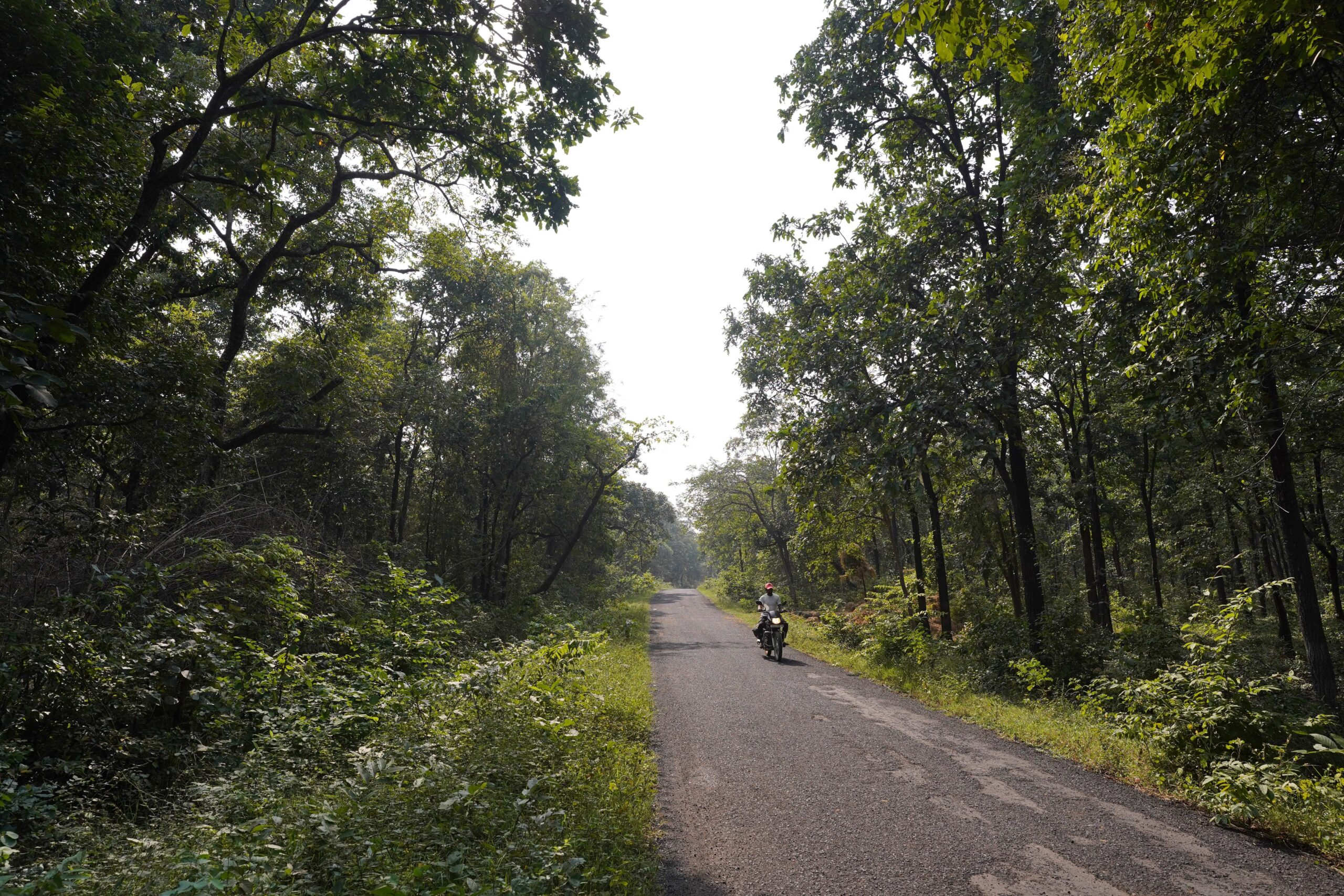
The growth of human-made disturbances—such as linear infrastructure cutting through forests and expanding agriculture—further exacerbated the situation, contributing to rising human-tiger conflicts.
Pingle compared the Moharli region in the buffer zone, which experiences fewer conflicts, to the more vulnerable Brahmapuri region, over 150 kms away, which has territorial forests. Unlike Brahmapuri, Moharli’s buffer zone is not interrupted by infrastructure, and villages there benefit from government initiatives like Dr. Shyamaprasad Mukherjee Jan-Van Vikas Yojana that enables alternative livelihoods through village eco-development committees and reduces dependence on the forest. Better awareness through the involvement of various NGOs and better sanitation facilities that have reduced open defecation are other reasons. Pingle suggested extending these interventions to Brahmpuri, as a solution.
Impacts on mental health
On August 25, 2023, Sulochana Kashinath Kannake of Tekadi village in the buffer zone, packed lunch for her mother-in-law, Lakshmibai Ramrao Kannake, who had gone to their farm early that morning to tend to the soybean and channa (legume) crops. After the meal, the two women began walking back to the farm when, without warning, a tiger pounced on Lakshmibai and killed her.
“I thought it would turn to me next. It was a big tiger with a huge jaw,” Sulochana recalled, spreading her arms in an attempt to illustrate the size of the animal’s jaw. Haunted by the memory of that day, Sulochana could not sleep for eight to 10 days after the attack. “I saw the tiger’s face every time I closed my eyes,” she said. When asked if she consulted any doctor about her sleeplessness and fear, she grew wary, her gaze distant: “I didn’t go to any doctor”. Since the attack, her husband has accompanied her to the farm every day, fearing another strike.
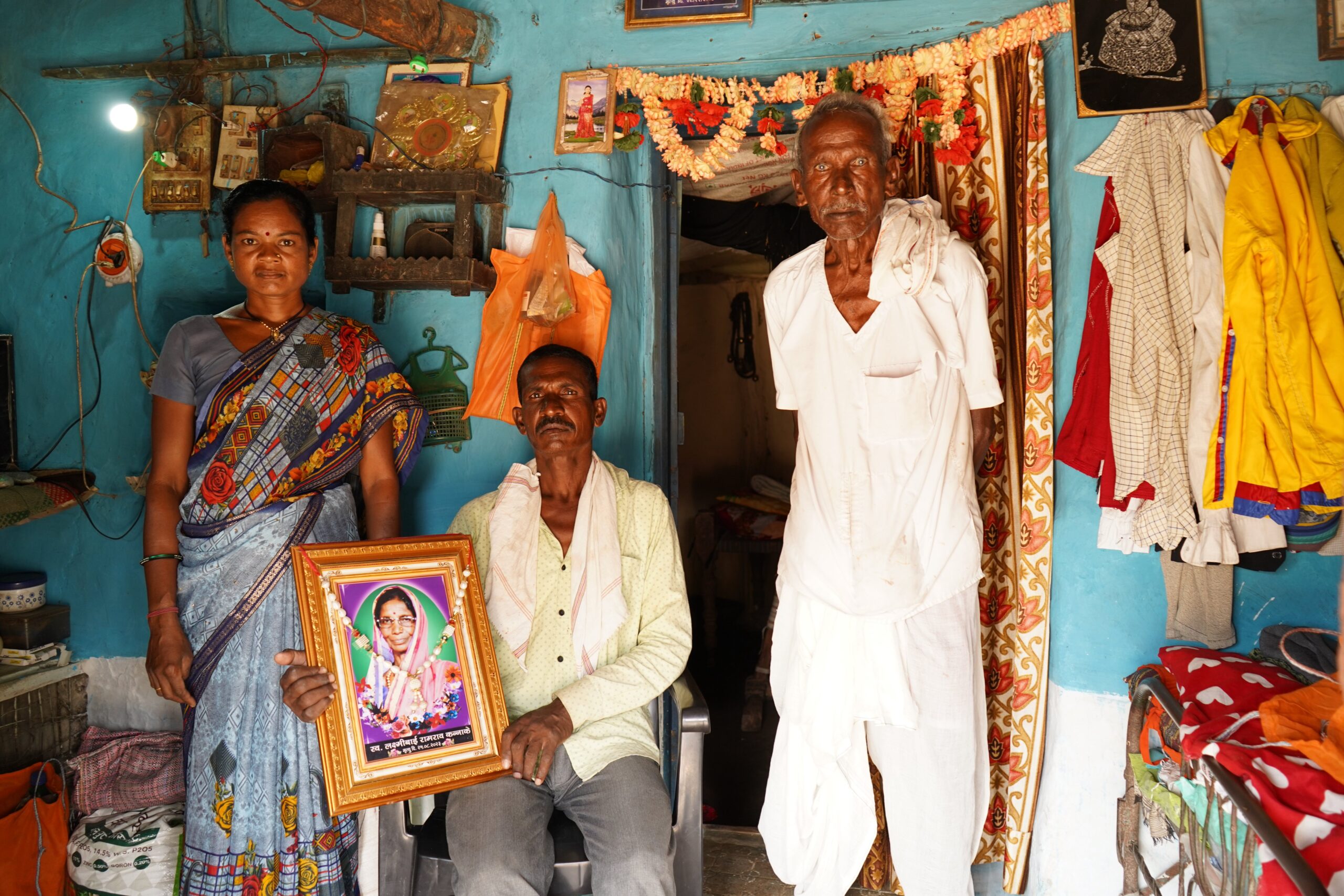
Stigma remains a significant barrier to seeking mental health care in India, particularly in rural areas, where both awareness and access to care are limited. Prachi Paranjpye, lead social psychologist at WCT, often observes feelings of helplessness among those living on the frontlines of human-wildlife conflict. “These are situations you can’t avoid because your livelihood depends on it,” she said. “You know there’s a tiger somewhere on your farm, but if you don’t go, it affects your income, so you have to risk your life.” For many, this has become their harsh reality, and frustration and anger often build up, especially after an attack.
Herders avoid taking high-value cattle into the forest, allowing only unproductive cattle to graze there. If a tiger kills one, the compensation becomes a bonus for cattle that aren’t producing milk.
Survivors of tiger attacks, such as 59-year-old Narayan Devaji Petkule from Mudje and 75-year-old Gajanan Kaudu Choukhe of Kondegaon, are often left severely disabled. Choukhe lost an eye, while Petkule’s arms have been rendered almost immobile, remaining in a perpetual state of stiffness. Petkule still suffers from recurring nightmares, and his shoulders freeze during sleep. With tears in his eyes, he said that the tiger has taken away his ability to do anything, though he insists that he is no longer afraid of the animal.
According to Paranjpye, post-traumatic stress disorder (PTSD) is a possibility among victims of such attacks. However, without a formal clinical diagnosis, no targeted intervention can be provided to help them cope.
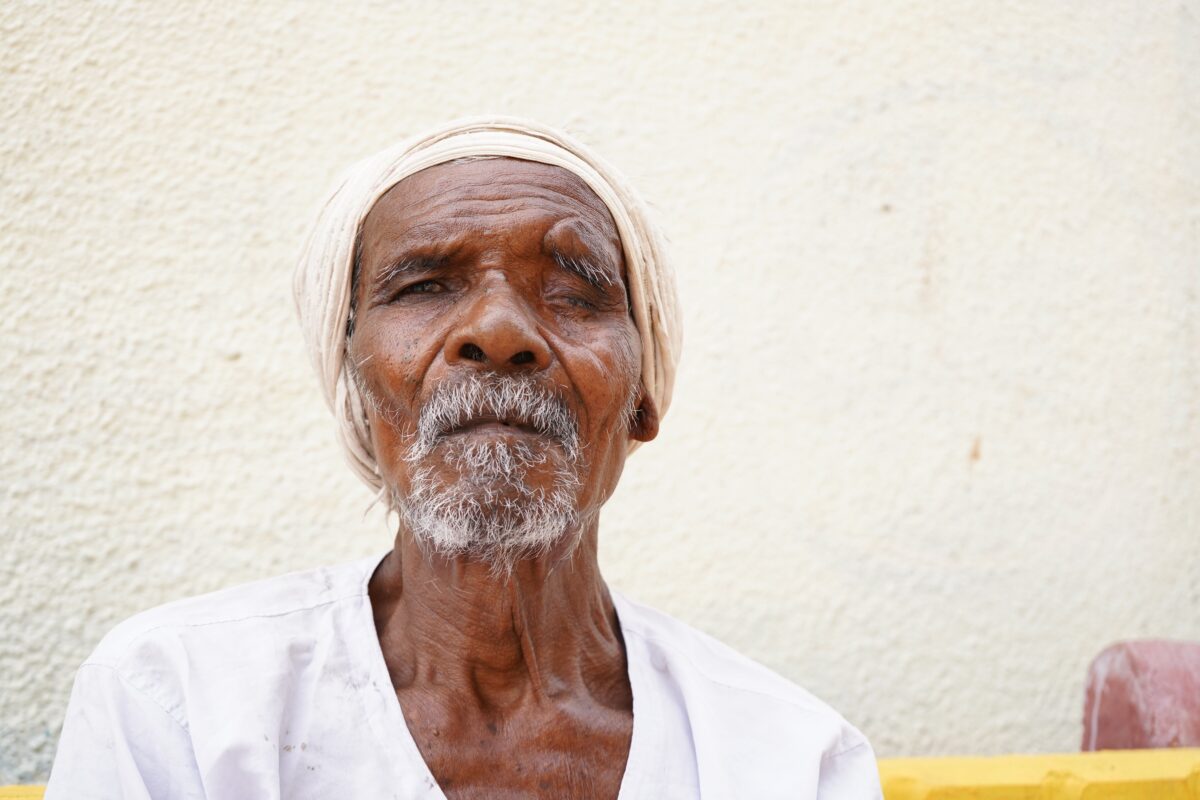
To truly understand the grief and trauma of these vulnerable communities, Paranjpye believes it’s important to set aside urban biases. Rural communities, she explained, tend to approach negative emotions differently, sometimes even collectively. She shared the example of a tiger attack survivor who climbed a tree to escape, only to wet his pants in fear. While the incident was traumatic for him, his community members helped him cope by lightening the situation and teasing him about the embarrassing moment. This communal response, though unusual from an urban perspective, helped the survivor navigate his trauma in a way that was culturally acceptable and emotionally supportive.
Living with unresolved grief
Vivek Belhekar, associate professor of Applied Psychology at the University of Mumbai, has studied the mental health impacts of wildlife conflicts in Chandrapur, surveying around 7,000 households in the region. In an earlier interview with Mongabay India, he highlighted the unresolved grief often experienced by families of victims. He explained that losing a family member to a wildlife encounter can lead to severe trauma, with long-lasting effects and unresolved grief.
“A family member leaves home for just half an hour and doesn’t return. The family later learns that the person has been killed by a wild animal,” Belhekar stated. The community’s response is often collective, with people confronting the forest department. “The department typically releases the compensation quickly to calm tensions. However, what is often overlooked is the family’s grief and how they cope with it in the long-term.”
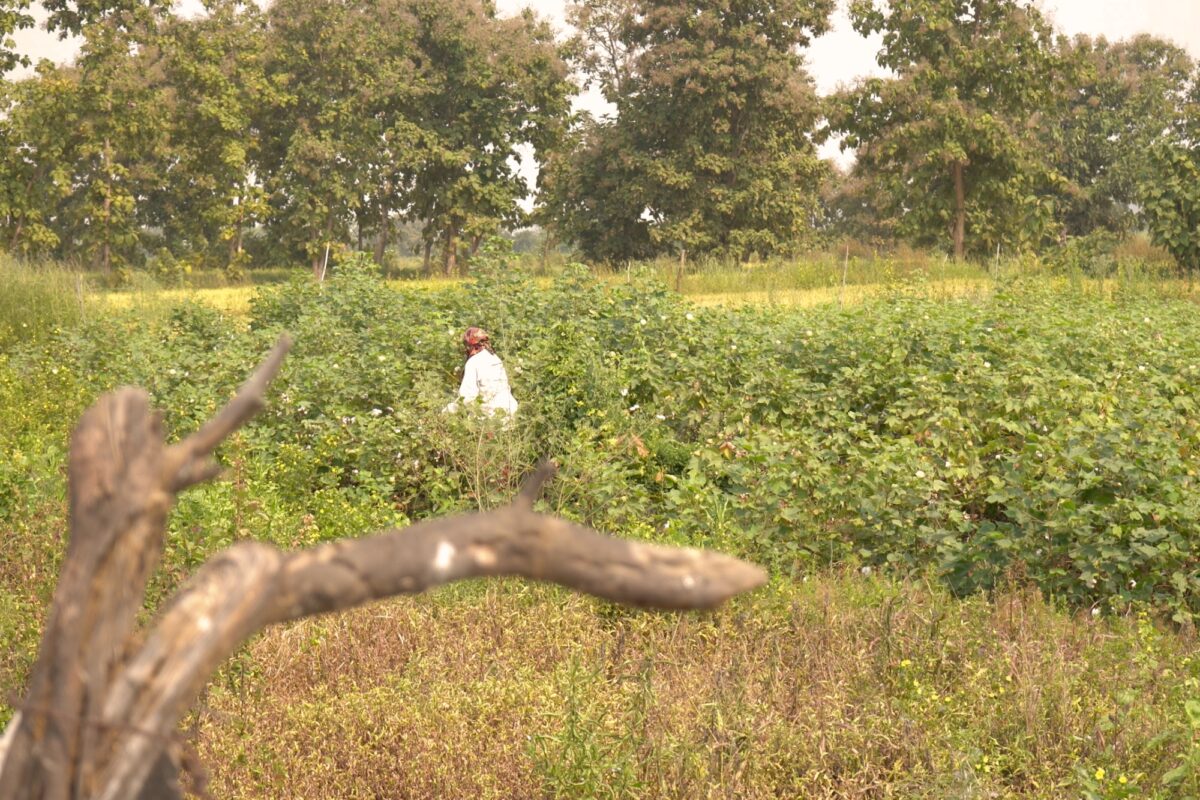
“The forest department compensates families of those killed by tigers with Rs. 25 lakh, half of which is deposited in a fixed deposit that can be accessed only after 10 years,” said Pingle. For cattle killed by tigers, 75% of the market value of the cattle is paid as compensation. These packages help prevent backlash from village residents; no long-term solutions are considered to avoid such incidents, he added.
Maske, a resident of Halda, another village in Brahmapuri division, was away at another farm when his mother was attacked and killed by a tiger last year. He is haunted by the thought that he failed her as a son.
“The compensation is a substantial amount for a family. So, when a youngster dies, the village reacts aggressively. But if a senior citizen is killed, there’s no retaliation,” he said. Pingle also added that herders avoid taking high-value cattle into the forest, allowing only unproductive cattle to graze there. If a tiger kills one, the compensation becomes a bonus for cattle that aren’t producing milk. Pingle also linked this behaviour to the nationwide beef ban. “Earlier, unproductive cattle could be sold, but now the cattle owners have to maintain them.”
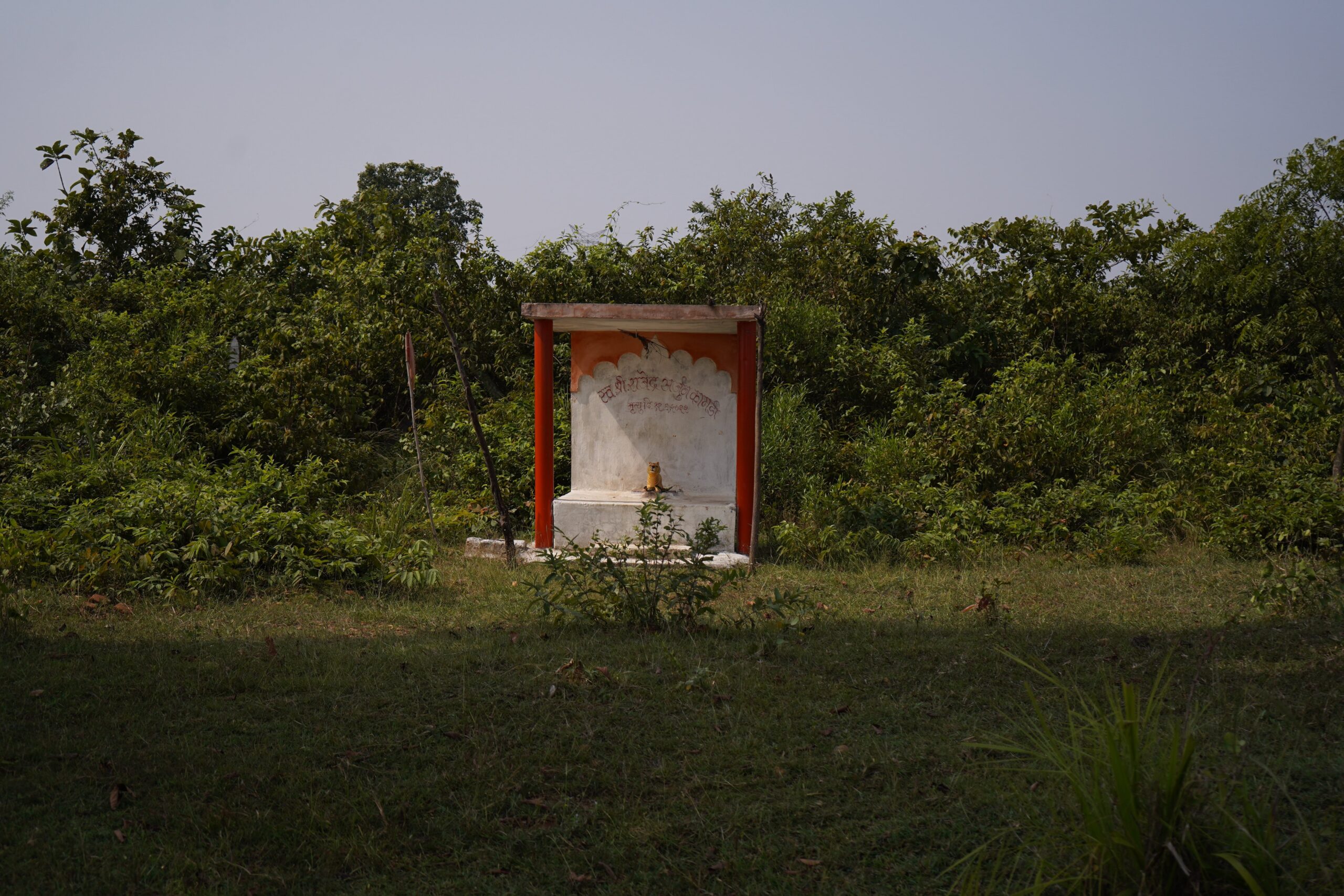
Paranjpye, who believes that the mental health among marginalised communities needs to be studied, argues for customised tools for better, targeted interventions. “Mainstream mental health tools make you understand behaviours and reactions but to come up with effective interventions, we need more research and better tools customised for the community’s requirement,” she said.
Maske, a resident of Halda, another village in Brahmapuri division, was away at another farm when his mother was attacked and killed by a tiger last year. He is haunted by the thought that he failed her as a son. “Fate has its ways, but if there were men with them that day, we could have done something,” he said, grief palpable on his face. Their relative, Shalu Kamde, showed remarkable courage, attempting to scare off the tiger until she realised she couldn’t save her aunt. She said, “I feel sad every time I visit the spot. The pain never fades. I still see the tiger in my dreams. I’m angry at it.”
Arathi Menon is a senior staff writer at Mongabay. She is based in Mysore, Karnataka.
The article was first published in Mongabay India and is being republished here with permission.

